
Dr. Laura Redmond
Dr. Laura Redmond is the head of the Clemson Advanced Structures Laboratory (CASL). She received her PhD in Civil Engineering from Georgia Tech with a focus on seismic performance and design of concrete and masonry structures using finite element modeling validated with full-scale experiments. She then worked at NASA Jet Propulsion Laboratory (JPL) in the spacecraft structures and dynamics group (352L) specializing in nonlinear finite element modeling, experimental design, and rigid body dynamics. She was the lead structural engineer for the Mars 2020 sample tubes and hermetic seals which will be used to store Martian rock samples for a possible return mission. She had roles in the SWOT/NISAR missions helping create rigid body dynamics models of the boom arm deployment system, and as a structural analyst for two proposals: a Europa penetrator and Venus lander. In August 2018, Laura joined Clemson University as an Assistant Professor in the Civil Engineering Department.
Current research expertise spans advanced simulations for civil, mechanical, and aerospace applications, model verification, and model validation by test.
PhD Students
 |  |  |  |
| Aleck Tilbrook is currently pursuing a PhD in Civil Engineering and has a B.S. in mechanical engineering from Liberty University. He is working on developing methodologies for pretest analysis, test planning, and model validation for multi-axis dynamic tests. Tilbrook’s hobbies include hiking, camping, and amateur astronomy. In the future, he wishes to complete his graduate degree, and to produce contributions to the advancement of engineering research. | Eddie Lewis is a PhD student at Clemson. She’s obtained my B.S. and M.S. in Civil Engineering with an emphasis in Structures. Both degrees were obtained from Clemson University in 2022 and 2023, respectively. Lewis is currently working on the high fidelity modeling portion of a joint project with University of Notre Dame and University of California San Diego. For a lot of her research, she utilize LS-Dyna and Matlab. She enjoys reading, crocheting, and sewing, but tends to do crocheting the most out of the three. She’s still trying to figure out which option would be best for her in the future. | Sharma Sharma is a Ph.D. student in Civil Engineering with a focus on Structural Engineering at Clemson University, starting Fall 2025. She is currently working on a machine learning project that is focused on predicting real-time population behavior during hurricanes by combining data from transportation systems and social media. Starting this fall, her research with Dr. Redmond will focus on modeling masonry structures, evaluating their cost-effectiveness, & thermal properties, comparing these results, and contributing to the development of a building design guide. Sharma has obtained a Bachelor’s degree in Civil Engineering from Tribhuvan University, Nepal. Her hobbies include painting, hiking, exploring nature, and new places. She wants to use her skills and knowledge to bridge the gap between theoretical understanding, research and practical implementation-contributing to safer, more efficient, and realistic approaches that meet the real needs of communities and address real-world challenges. | Stephen Wright is a graduate student at Clemson University pursuing a PhD in Civil engineering. He received both his B.S. and M.S. in civil engineering from Clemson University in 2018 and 2020 respectively. Outside of research and coursework, he enjoys biking, listening to music, cooking, and playing in his band. Stephen is currently conducting research funded through the US Army’s Ground Vehicle Systems Center as a part of a larger project on refinement and improvement of design methods for next generation combat vehicles. |
MS Students
 |  |  |  |
| Aakash Basu has completed a bachelor’s in civil engineering from Khwopa College of Engineering, Tribhuvan University, Nepal and is working towards his master’s in civil engineering, and specialization in Structural Engineering. Currently, Basu is working on the Experimental and Numerical Evaluation of the Modulus of Rupture Values and Deflection Limits for Masonry Beams. | Ryan Semler is currently working towards his degree in a Master of Science in Civil Engineering and has obtained a Bachelor of Science in Civil Engineering with a Structural Engineering emphasis at Clemson University. Semler’s research focuses on structural dynamics, specifically for rigid-flex PCB robotics, and optimizing reinforcement for a lightweight origami lunar rover called PUFFER. Semler likes to play and watch sports (particularly soccer). He enjoys reading books, writing songs, and playing video games. His short-term career goals are to complete his master’s degree and begin working as a bridge E.I.T. His long-term career goals include becoming a licensed professional engineer (P.E.), participating in large-scale engineering projects, and transitioning into a leadership position(s). | Shishir Sharma is currently pursuing an M.S. in Civil Engineering at Clemson and has obtained his bachelor’s degree in Civil Engineering from Tribhuvan University, Nepal. He is working on a digital engineering research project funded by the US Army DEVCOM Ground Vehicle System Center. His work focuses on developing an intelligent Digital Twin Assembly Tool that leverages the Bayesian machine learning approach to select an optimal combination of vehicular subsystem models with different levels of fidelity. Shishir’s hobbies include being outdoors (hiking and exploring new places are his favorite activities). He is also into astrophotography, chess, and soccer. In the future, Shishir wishes to work on mega projects, specifically in high-rise building projects. He is passionate about earthquake-resistant structures and, in the long term, hopes to work as a structural engineer and apply seismic-resistant technologies and innovations to the structural design of buildings and bridges. | Shreedhar KC is currently pursuing his master’s degree in civil engineering (structures major). He is currently working on a masonry beam project to determine the true modulus of rupture (MOR) values for masonry beams and the influence of various parameters such as block type, grout type, masonry cement, bond pattern, and reinforcement on MOR. He has obtained his bachelor’s degree in civil engineering from Tribhuvan University, Nepal. KC likes to stay physically active by playing soccer and other outdoor games. I also enjoy watching movies and live games on weekends. And whenever feasible, he goes on trips with friends. He would like to work as a structural engineer in a top structural laboratory, involving both office and laboratory work. |
Undergraduate Students
 | 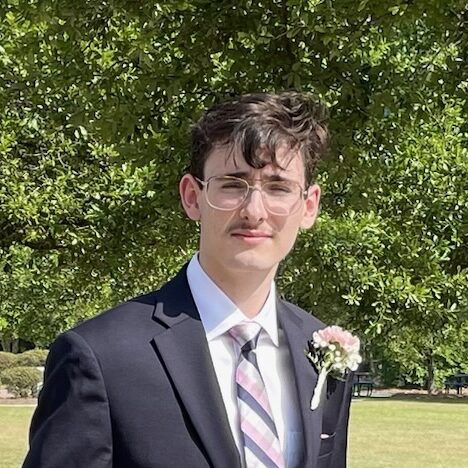 |
| Bella Cantillo is currently an undergraduate Civil Engineering Major. She joined the team in the Fall semester of 2023. Cantillo works in educational outreach for the National Science Foundation Buckling Restrained Brace Frame project. She enjoys weightlifting, trying different dinner recipes, and traveling with her friends. She hopes to use her knowledge in Civil Engineering to manage structural projects across the world and eventually go to Japan to do more research. | Diago is currently an undergraduate Civil Engineering major. He is working with Eddie Lewis on checking LS DYNA input decks and running simulations for her Buckling Restrained Braces in Precast Concrete project. He enjoys reading, playing blues guitar, and fixing cars in his free time. Diago is interested in pursuing a career in teaching and research in Earthquake Engineering. |
Previous Students
PhD Graduates
 |  | |
| John Bell is a Civil Engineering PhD student at Clemson University. Bell has a BS in Mathematics from North Greenville University and a MS in Civil Engineering from Clemson. When not enjoying his rigorous coursework and research, Bell likes to bike, climb, and hike the great outdoors. Bell is currently completing dynamic analysis of the Pop-Up Flat Folding Explorer Robot (PUFFER) for interplanetary exploration. NASA’s Jet Propulsion Laboratory created PUFFER to explore hard-to-reach areas of Mars’ and the Moon’s surfaces. Bell is performing dynamic explicit finite element modeling and performing model correlation and validation through modal analysis in the lab. Ultimately, Bell seeks to simulate 80-meter lunar pitfalls to identify and outline structural deficiencies and to recommend necessary design adjustments. | Omar Abuodeh is a Civil Engineering student pursuing a PhD degree in Clemson University. Omar obtained a B.Sc. degree in Civil and Environmental Engineering from the University of Sharjah (UAE) and a M.Sc degree in Civil Engineering from American University of Sharjah (UAE). His hobbies/interests include jogging, hiking, cooking and playing video games. Omar’s doctoral work involves numerically modeling a recently emerging structural health monitoring strategy, Drive-by Health Monitoring (DBHM), in a 3D finite element (FE) environment to identify structural damage in bridges. Abuodeh is developing a node-to-node based method that captures the full dynamics of an actual bridge while preserving a simpler dynamic analysis. He was also involved in research involving structural rehabilitation of concrete members, employing machine catered models to analyze civil engineering problems, and modeling the structural behavior of concrete members in bending applications using FE commercial software. | Robert (Rob) is an associate in the Buildings and Structures Practice at Exponent. He graduated in May 2021. Rob’s dissertation focused on developing a mobile health monitoring strategy that utilizes vehicle mounted accelerometers to gather dynamic response features that can be used to continuously evaluate the health of bridge infrastructure networks in a more efficient, cost effective, and less labor-intensive manner than traditional structural health monitoring or visual inspection practices. |
MS Graduates
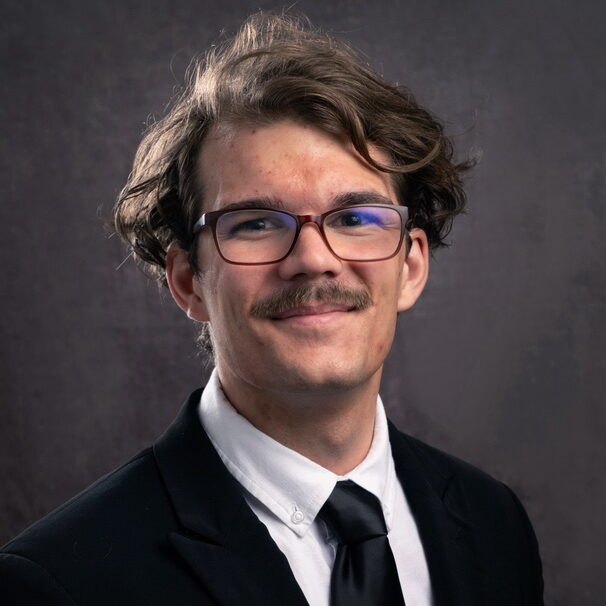 | 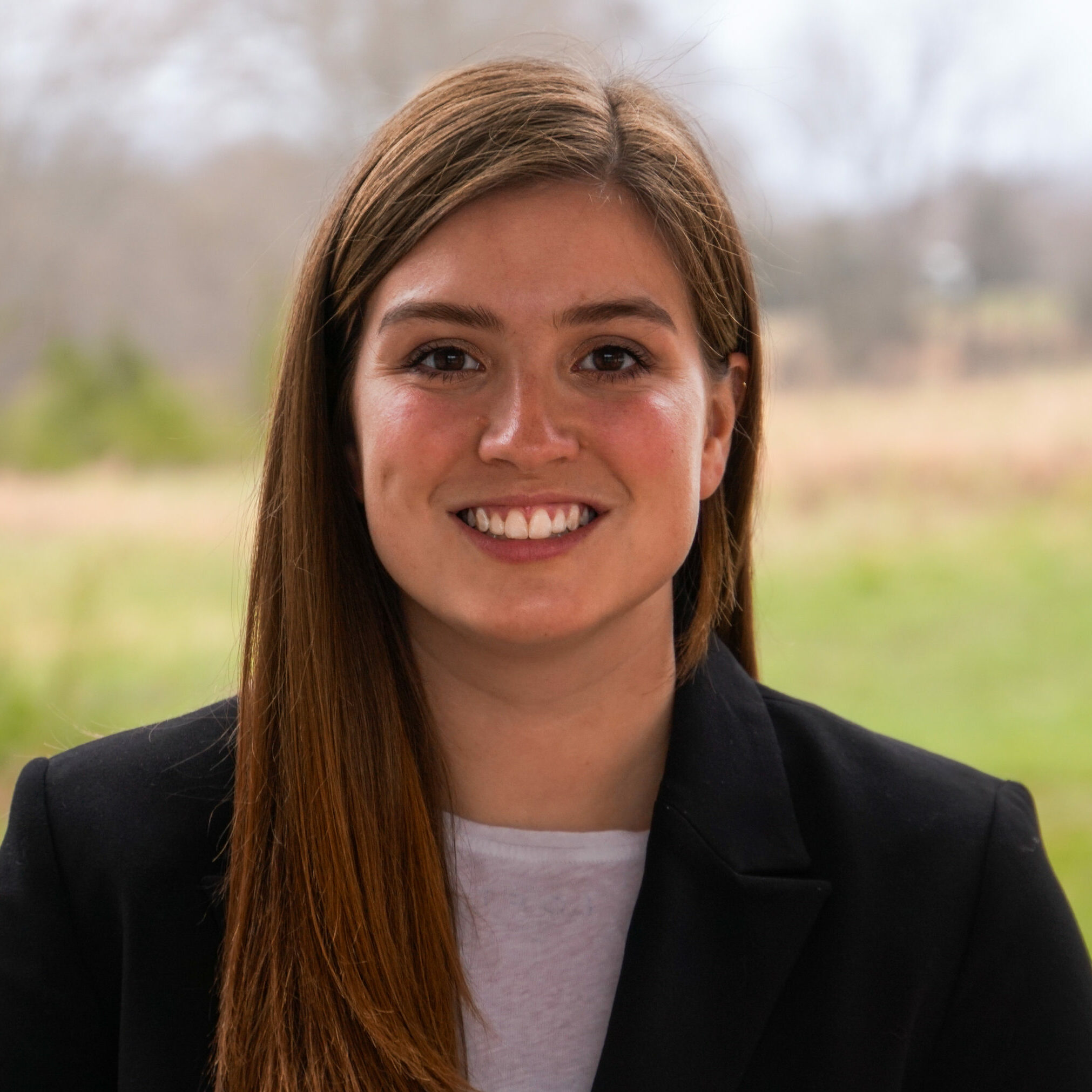 | 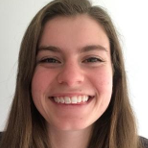 |  |  |
| Cooper Banks got his Master of Science in Civil Engineering with a structural emphasis in 2024. In graduate school, Banks did work to help develop a reduction factor for lightweight grout in masonry construction. Currently, he works at Wiss, Janney, Elstner Associates (WJE) on a variety of projects ranging from leakage investigations of masonry veneer construction, structural wood framing repairs, and condition assessment of concrete structures. Banks has obtained a Bachelor of Science in Civil Engineering from Clemson University. He enjoys rock climbing, mountain biking, road biking, and hiking. His goals are to pass the PE, continue learning, and find a slice of technical knowledge that makes him content. | Hannah Kessler graduated in August of 2021. She went on to pursue her PhD at Georgia Institute of Technology. Hannah’s thesis focused on buckling-restrained braces (BRBs) for precast frames. BRB frames are a highly ductile lateral force resisting system that is becoming increasingly popular in high seismic zones in the United States and around the world. Although the precast concrete industry does not currently use this system, the Precast/Prestressed Concrete Institute has funded Hannah’s work to investigate the connection behavior between precast concrete frames and BRBs as an initial step towards use of BRBs in precast structures. | Hannah Stewart joined the research group in August of 2022. She is co-advised by Dr. Chris McMahan (MATH). Her research focuses on the creation of a Bayesian machine learning tool for digital twin assembly that will select the appropriate mixture of subsystem vehicle models that results in sufficient representation of physical test data while minimizing computational costs. Her research is sponsored by Army GVSC. | John Crowder is a graduate student pursuing his master’s in civil engineering with an emphasis in structures. While completing his undergraduate degree in civil engineering at Clemson, John enjoyed working on the concrete canoe team and assisting Dr. Redmond’s graduate students in the lab. When not studying or in the lab, John likes to read, eat Oreos, and go to concerts. John’s goal is to increase the impact resistance of small-scale PCB robots for the exploration of high-risk areas on Mars and the Moon. | Rumi Shrestha is an associate at Walter P. Moore. She graduated in December 2021. Rumi’s thesis was funded by NCMA (National Concrete Masonry Association) and derived lambda factors for lightweight grout by carrying out development length, anchor bolt, modulus of rupture and shear strength tests to characterize the difference in the performance of light weight grouts in comparison to normal weight grouts. The experimental portion of the project consisted of carrying out mix designs for two different lightweight aggregates and designing test setups for the aforementioned tests. The project aimed to pave a way for developing a codified procedure that can encourage widespread use of lightweight aggregates for grout. |
Undergraduate Students
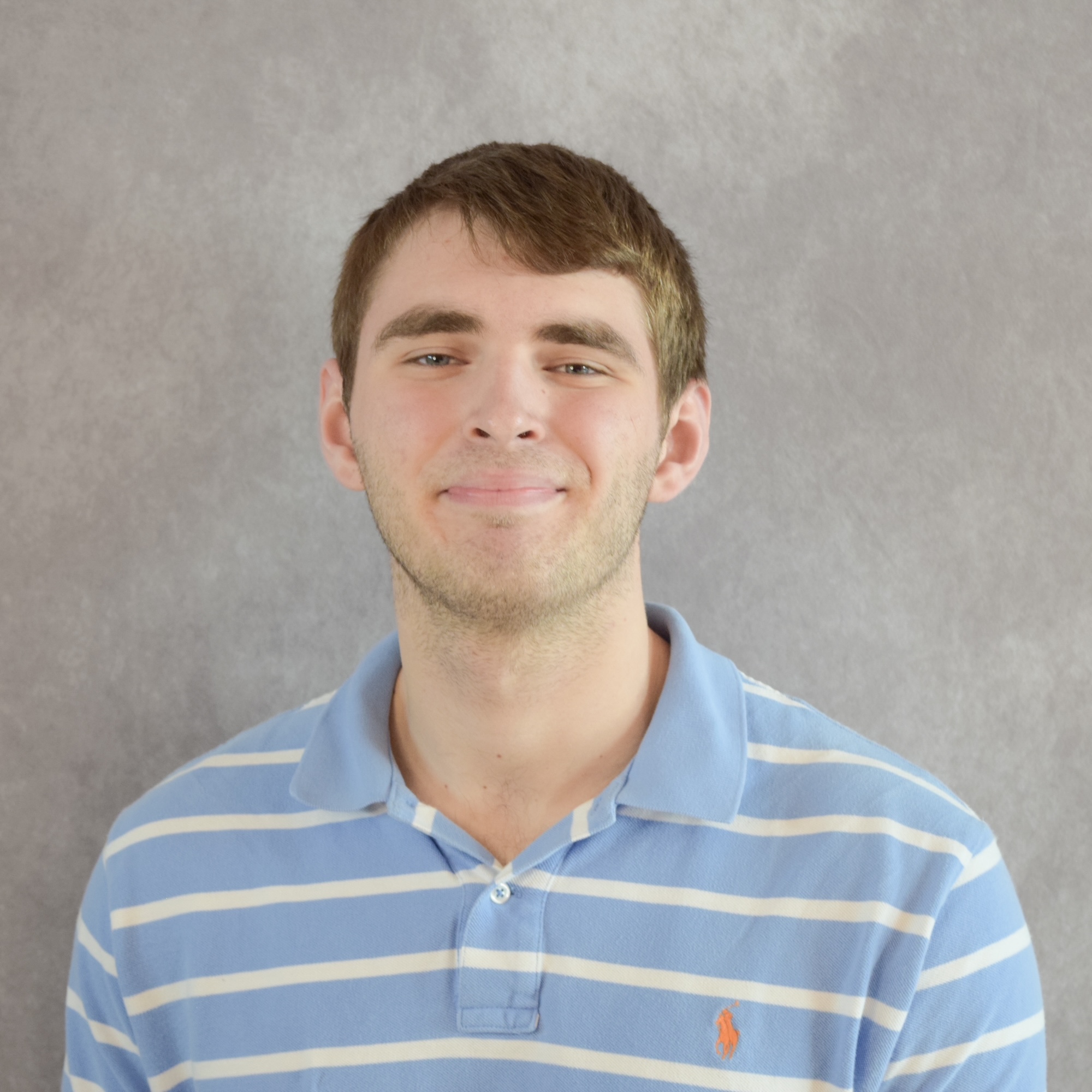 |  |  |
| Clayton Simpson is an undergraduate Mechanical Engineering major at Clemson University. He will have his bachelors of Mechanical Engineering by Spring of 2025. Completing my research project with Dr. Redmond will also allow me to graduate with mechanical engineering departmental honors. Simpson is working on using dielectric permittivity to detect ice content in lunar regolith samples for future long term exploration on the moon. In his free time, he likes visiting national parks. He’s currently trying to visit all 63 national parks in the United States with his Grandpa. In the future, Simpson would like to obtain a full-time research and development position. He has already accepted a job offer at GE Vernova for their design and testing team. | Daniel Carlson has obtained his B.S in Mechanical Engineering. He worked on his Undergraduate thesis which is on the use of adhesives to attach a topology-optimized reinforcement structure to a single-panel PCB for PUFFER. Which includes conducting adhesive characterization testing to evaluate bonding performance and developing a Finite Element (FE) model to predict structural behavior and failure. His previous work includes benchmarking various topology optimization methods determining stepwise approaches to optimize structures. He graduated in the Spring of 2025 and he joined the lab in the Summer of 2023. In his free time, he loves learning and listening to music, and he can play five instruments. He loves Football whether it be Clemson or the Minnesota Vikings and is always watching on gameday. In the Fall of 2026, he will be pursuing a Masters of Engineering at Cornell University in Aerospace Engineering. His goal is to continue working with Northrop Grumman on structural focused engineering projects in the aerospace industry. | Paul Gennett graduated in May 2020 and went on to work for Kimley-Horn. Paul assisted Dr. Redmond and several graduate students on various ongoing projects. In Spring 2020, Paul worked mostly with John and his dynamic analysis of the PUFFER rover. He also helped Rumi her lightweight grout experimentation. |